Last updated on October 11, 2025 · In-depth guide, 5–7 min read
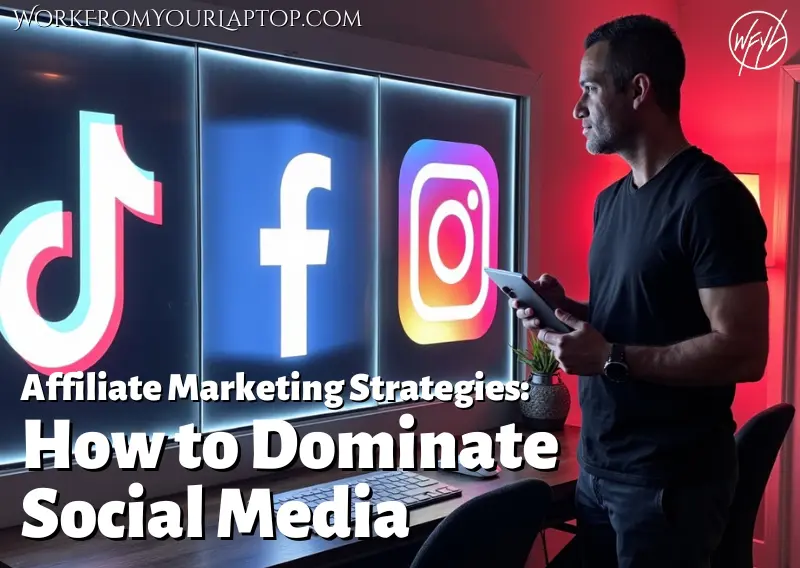
With the rise of social media, affiliate marketing becomes an even more profitable opportunity to make money online. In this blog post, let’s talk about effective strategies for social media that can boost your affiliate marketing efforts.
TL;DR: How Can I Use Social Media for Affiliate Marketing?
Affiliate marketing success on social media comes from connecting with your audience, creating authentic content that delivers value to them, then tracking your performance and turning engagement into consistent conversions.
- Choose social platforms where your target audience already spends time (Instagram, TikTok, LinkedIn, etc.).
- Focus on building trust through genuine engagement and meaningful relationships.
- Create high-quality, platform-fit content (videos, carousels, stories) and experiment with new features.
- Stay updated on platform trends. See what’s working with other creators in your niche.
- Track metrics (clicks, conversions, revenue) and optimize based on what’s working. Also consider influencer partnerships and exclusive offers.
What’s In This Article? (Quick Jumps)
- Choose the Right Platform
- Build a Strong Relationship with Your Audience
- Create High Quality Content
- Engage With Your Audience
- Leverage Influencer Partnerships
- Offer Exclusive Discounts and Deals
- Stay Updated on Industry Trends
- Disclose Your Affiliate Relationships
- Track Your Performance
- Final Thoughts
- FAQs
Choose the Right Platform
When it comes to affiliate marketing on social media, each platform has its own unique audience and its own unique personality. You can’t take a post and place it on both TikTok and LinkedIn and expect them both to work the same way.
Consider the demographics of each platform and tailor your content accordingly. For example, if you’re targeting a younger demographic, platforms like Instagram and TikTok might be more effective. On the other hand, if you’re targeting professionals, LinkedIn could be the way to go.
Then there’s the similar platforms like X, Threads, and Bluesky. Which one is best for you? When I got my start, I went heavy on using my instagram for social media marketing. Understanding your audience is key to selecting the right platform for your affiliate marketing campaigns.
I’m also a firm believer that you can’t be everything to everyone. Instead of trying to have a presence on ALL social media platforms, I’d pick one or two you’re familiar and comfortable with and start with those.
Related article: Looking for a tool that uses AI to automate and schedule all your social media posts? Check out my full review of Content360! How about a tool to automate actions like commenting, liking, following, etc. Check out my full review of PhantomBuster!
Build a Strong Relationship with Your Audience
One of the most crucial aspects of successful affiliate marketing on social media is building a strong relationship with your audience. People are more likely to trust recommendations from someone they know and like.
This means putting a real focus on engaging with your followers, creating valuable content, and being authentic in your promotions while delivering the most value possible. This will make your audience much more receptive to your affiliate recommendations.
This also means making sure to never promote products or services that you yourself wouldn’t use. The last thing you want to do after all the work of finding your audience is to sell them out with products that don’t deliver.
Related article: Have you seen platforms that promise YouTube and Instagram growth and guarantee followers? Buyer beware! Check out my UpGrow App review, Social Growth Engine review, and YouBoost review and see just how similar they all are. Stay away!
Create High-Quality Content
Obviously, if you’re looking to build a social media following and turn that following into conversions and revenue for your affiliate marketing business, the actual content you create has to deliver value. You have to find a way to stand out and attract your audience’s attention while actually having some substance. behind what you’re creating.
Experiment with different formats such as videos, images, stories, and carousel posts to see what your audience seems to connect with the best. Tailor your content to fit the platform you’re using and make sure it provides value to your followers.
On instagram I’ve found that short reels (7-11 seconds) with text overlay get a ton of views and watch time. See what’s working for other creators in your niche and follow suit.
Also, don’t be afraid to experiment when a new feature gets rolled out. Social media platforms tend to elevate posts that use their new features to the top of the algorithm in an effort to get more users to try it out. Go all in and have fun!
Engage with Your Audience
Engagement is everything when it comes to successful affiliate marketing on social media. Engagement is one of the first true signs that you’re actually reaching your target audience. They’re finding your content and acting on it. This is a HUGE step and you want to do everything you can to encourage it.
This means ALWAYS responding to comments, messages, and questions from your followers to build a sense of community and trust.
Always encourage discussions around your affiliate products and provide valuable information to address any concerns or doubts. Active engagement with your audience shows your credibility and authenticity.
And when your audience is engaged and commenting on your content, you’ll notice your rise in the algorithm. Social media platforms are meant for engagement! The platform will reward you when you get people liking and commenting!
Leverage Influencer Partnerships
Collaborating with influencers in your niche can significantly boost your affiliate marketing efforts. Influencers already have a loyal following that trusts their recommendations, making them valuable partners for promoting affiliate products.
Reach out to influencers whose values align with yours and explore partnership opportunities to expand your reach and increase conversions. Remember, this has to be a win/win for both sides.
It wouldn’t make sense for a creator with a massive following to collaborate with you when you only have a handful of followers. Reach out to those in a similar niche with a similar following. This creates an even collaboration where both parties can benefit
Related article: Check out my full guide on how to win as a micro influencer and why this can explode your online business!
Offer Exclusive Discounts and Deals
Everyone loves a good deal, so offering exclusive discounts and deals to your audience can incentivize them to make a purchase through your affiliate links.
In the past, I’ve negotiated with brands for this exact reason so they could give me special discounts or promotions that I could pass on to my followers. As an example, even a small 10% discount can be all it takes for your audience to click on your affiliate link and see it as more appealing. Limited-time offers and promo codes can create a sense of urgency and drive conversions.
Never be afraid to ask your affiliate program if they could offer you a special discount code you can pass on to your followers!
Stay Updated on Industry Trends
Anyone who’s on social media consistently can see it’s constantly evolving. You have to make it your focus to keep up with all the changing trends, new features, algorithm updates, etc., and stay ahead of the curve.
Don’t make this a chore, have fun with it! See what’s working for others and adapt a version of it for yourself. This will help you optimize your affiliate marketing strategy and stay relevant to your audience. Trust me when I say this will translate to likes, follows, comments, and most importantly REVENUE!.
Check out how brands use influencer marketing successfully on Social Media Today.
Disclose Your Affiliate Relationships
Transparency is key in affiliate marketing. Even though your audience is probably aware of how affiliate links work and understands that these links may trigger commissions your way, it’s still very important to have your disclosures in place where your audience can easily find them.
When posting on social media, clearly label your affiliate posts with #ad or #affiliate to ensure transparency. Honesty is always the best policy, and your audience will appreciate seeing your transparency.
Track Your Performance
So how will you know when your efforts are paying off? Analytics! I’m not an analytics guy myself, but I’ve found that social media analytics are really good at giving you the metrics you need to pay attention to.. Most social media platforms offer insights and analytics tools free of charge that allow you to track the performance of your posts.
Important metrics to pay attention to are click-through rates, conversion rates, revenue generated, and new follows. These metrics help you to understand what’s working and what’s not. Double down on what works and eliminate what doesn’t. Don’t be stubborn! The numbers don’t lie!
Final Thoughts
Affiliate marketing on social media can be a direct path to finding your target audience. Deliver value, build relationships with your audience, and create high-quality content to turn followers into consistent revenue.
Remember to be transparent about your affiliate relationships, collaborate with influencers, offer exclusive deals, and stay engaged with your audience to enhance your affiliate marketing efforts. Stay informed about industry trends and continuously optimize your strategy to achieve long-term success in affiliate marketing on social media.
What do you think? What kinds of hurdles have you encountered in your social media marketing journey? Is there anything in particular you’re having trouble achieving? Let me know your experience in the comments section below! I’m always eager to hear your feedback and I always respond!
Ready to stop chasing advice and build something that works?
I owe all my success to this training. Trust me, it’s worth taking a look.
🎯 Click here to check out my full review.
Frequently Asked Questions
What is the best social media platform for affiliate marketing in 2025?
The best platform depends on your target audience. Instagram, TikTok, and YouTube dominate for younger audiences, while LinkedIn works well for professional and B2B affiliate marketing.
How do you disclose affiliate links on social media?
Always clearly label affiliate posts with terms like #ad, #affiliate, or “sponsored” to maintain transparency and comply with FTC guidelines. Honest disclosures build trust with your followers.
What type of content works best for affiliate marketing on social media?
High-quality, value-driven content such as product reviews, tutorials, exclusive discount announcements, and behind-the-scenes stories tend to drive the most engagement and affiliate link clicks.

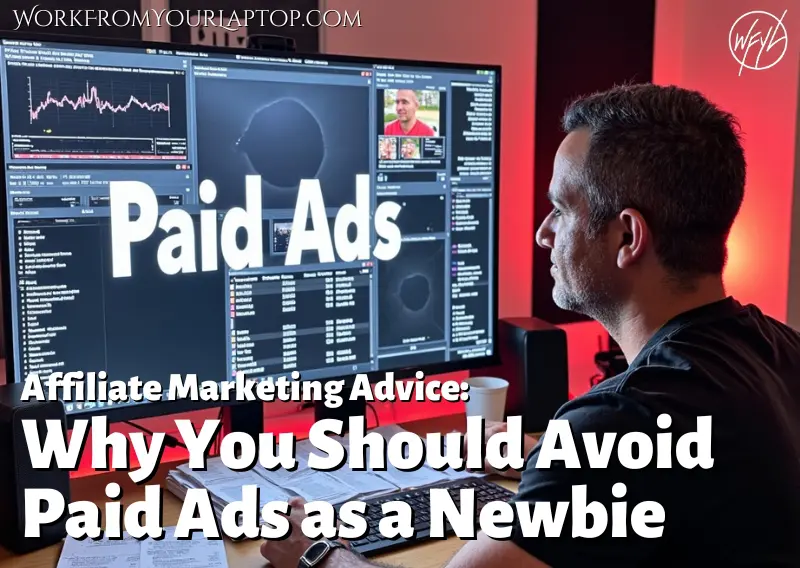
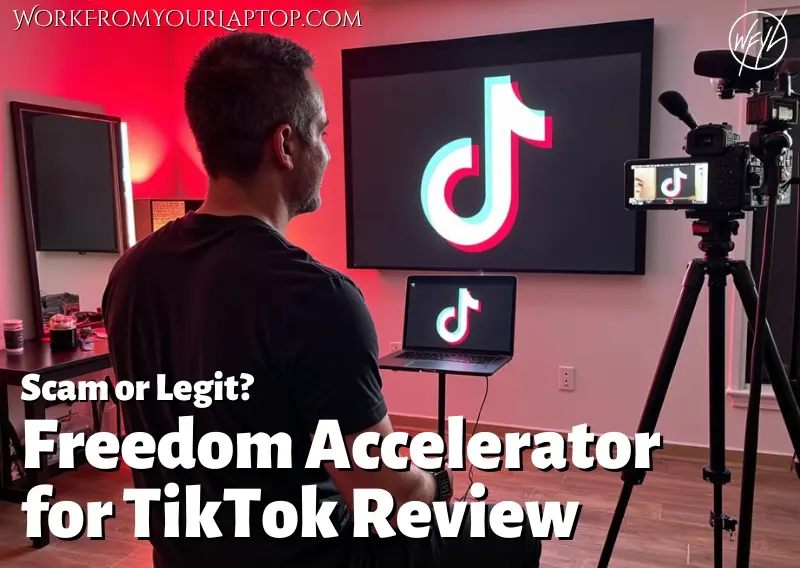
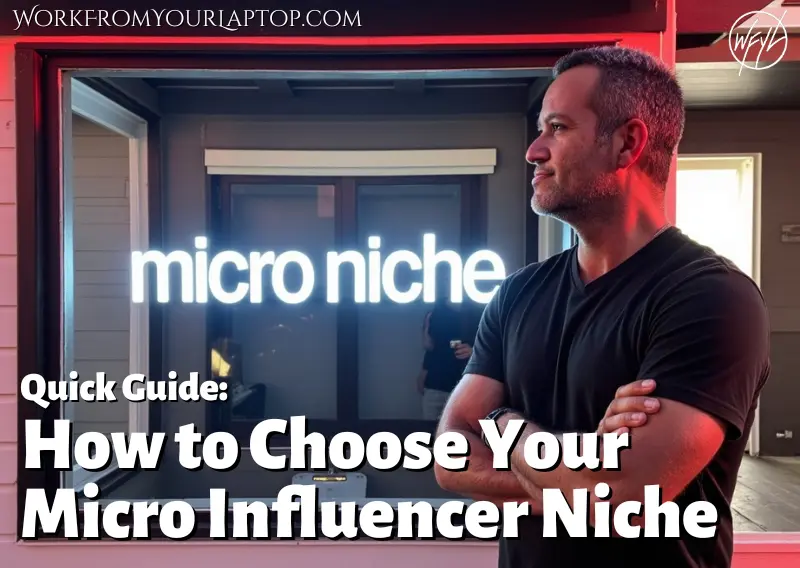
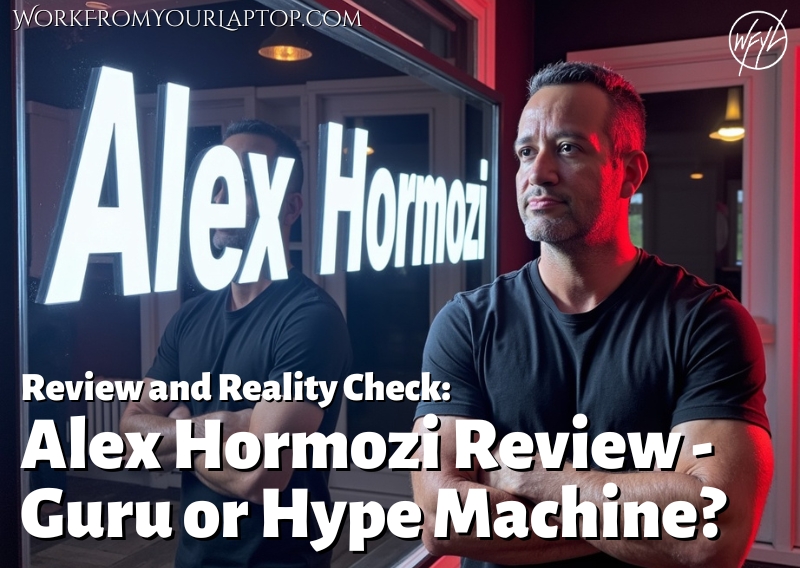
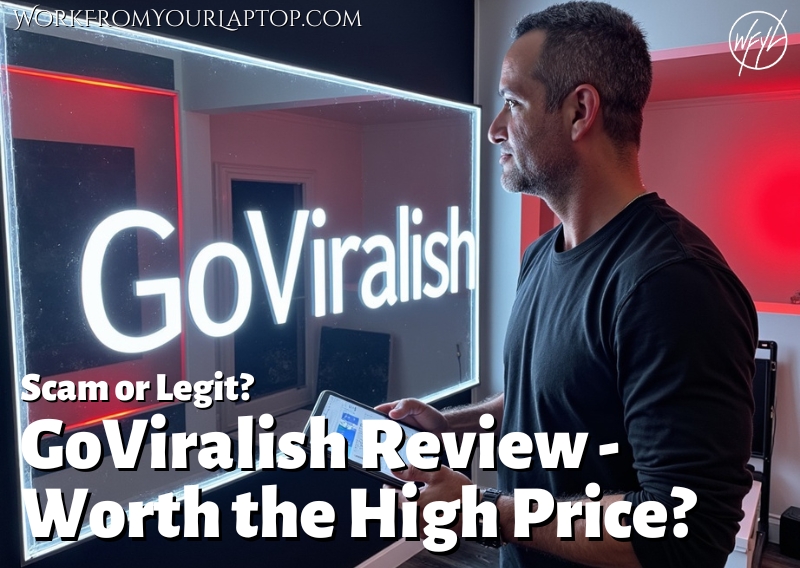
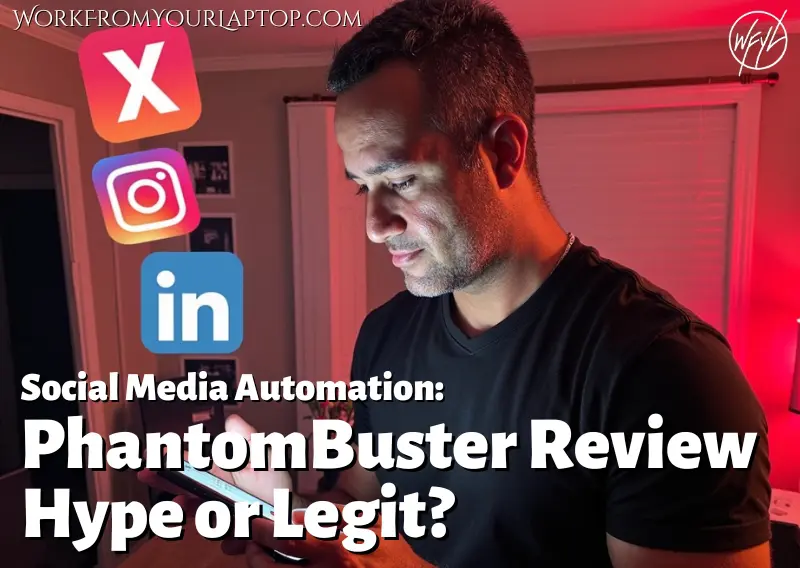
Lots of good information here. I’m not very active on social media; Facebook, YouTube, and X are what I use personally. But I haven’t done much in the way of affiliate marketing, though I’m trying to get better. I noticed you didn’t mention Facebook or X. Have these sites become social media dinosaurs? Are they still worth using? Also, is it still worth it to try to grow an email list? I’m afraid it might be painfully obvious I haven’t done this in a while, but I really want to learn how to grow my business.
These strategies are for all social media platforms. I do actually mention X and Facebook, and they aren’t at all dinosaurs. They’re solid platforms where it’s pretty much guaranteed your audience is hanging out there. And no, email marketing isn’t a dinosaur either. I have several articles on the massive benefits of email marketing. Thanks for the comment!
I’ve personally found your point about short-form video helpful. Quick reels with a strong hook and text overlay tend to outperform static posts. It’s wild how much the first three seconds can decide everything, especially for Gen Zs.
When you say to “go all in” on new platform features, how do you balance that with staying consistent in your main content style?
You definitely want to use the new features a platform rolls out because the platform itself will be giving those who use the feature an extra push to make it popular. You don’t have to abandon what’s working for you, just start working the new feature into your posts and see how it translates to new viewers. Thanks for the comment!
What platform have you personally found the most success with lately — is Instagram still your go-to, or have you seen better results with TikTok or YouTube recently? Also, when you’re tracking performance, do you have a favorite tool or dashboard you recommend for beginners who want to keep things simple?
I really enjoy using Pinterest because of its built in nature for promoting content via pins. If you have a niche that is very visual, instagram would work great for that as well. It’s all about you and what platforms you’re comfortable with. Thanks for the comment!
While I am not new to marketing in general, I have just recently entered into the world of affiliate marketing, and once again my biggest challenge is learning and knowing how to use social marketing platforms to compliment my website. I am not a big fan of social media – I don’t spend countless hours online browsing like a lot of people do – but, I understand that millions of others are browsing for hours and hours a day, and that social media marketing plays an important role in business success. Thanks for the information presented in your article here.
Glad you enjoyed this! The good thing is you don’t have to spend hours on social media. That would be totally counterproductive to building your affiliate marketing business. It’s all about efficiency, in and out, and using social media to find your audience. Thanks for the comment!